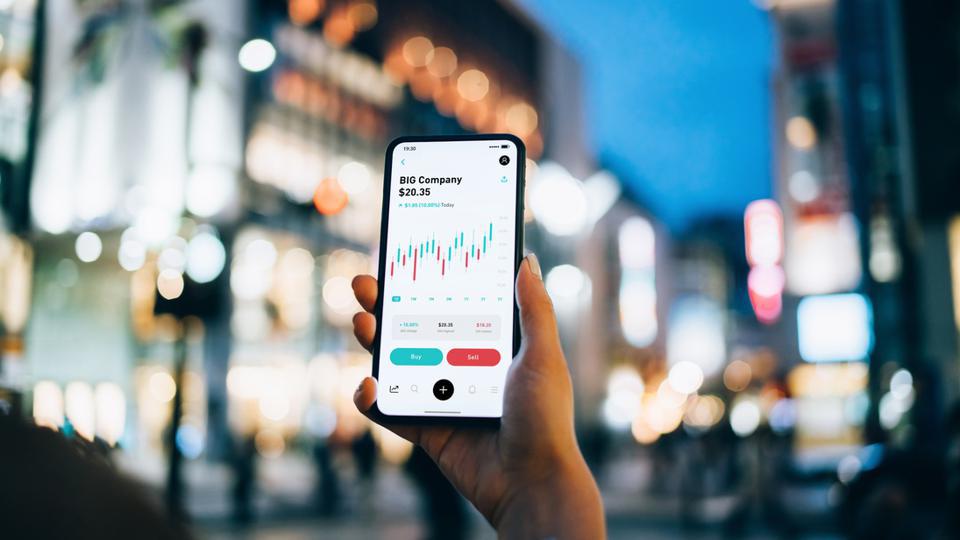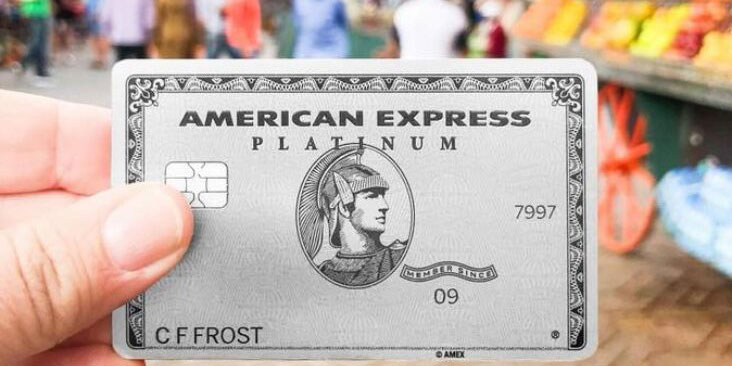The order you submit to buy or sell stock will be entered into a processing system that prioritizes specific orders over others. The stock markets are now nearly entirely computerized, with trading conducted by algorithms that follow predefined rules.
A market order is submitted when a buyer or seller is ready to complete a transaction at the current market price, regardless of the seller's or buyer's preferences.
A Market Order Is Exactly What?
A market order is a purchase or sales request prioritized above all other outstanding orders and is often executed instantly and at the best available price. Throughout the trading day, pending charges for a stock will be sorted according to price.
In this column, the highest price, or best ask, will be at the top, while the lowest price, or best bid, will be at the bottom. Orders are fulfilled when they come in at these discounted rates.
How Do I Put In a Trade Request To Buy Or Sell Stock?

Especially with the improvements in internet trading since the turn of the century, it is simple to begin trading stocks. Most stock traders in the United States use a brokerage or investment business to make stock purchases.
A stockbroker is someone you can see or communicate with over the phone or online to place market orders and handle the financial transactions associated with such orders. Your broker has a cash account for you unless you are using a margin to borrow money.
Requests To Purchase And Offers To Sell
When switching between brokers or markets, you may notice discrepancies in trade duration, transaction fees, and stock prices. Stocks are often relatively liquid, which means that transactions occur rapidly.
Your broker will either fill your order from the store on hand or submit it to a computerized trading system. Your order is matched with a seller, and the transaction is completed.
The Threat Of Falling Behind

Market orders should be avoided in most situations. You will either overpay or undersell, and you can even pay for some mischief in the form of slippage. When a market maker shifts the spread on market orders to their favor and adds a slight premium to their profit.
This is known as slippage. Slippage is the change in the bid-ask space between the time an order is placed and the time it is filled. Your final purchase or sale price may differ from the latest trading price.
When You Should Use A Market Order
Savvy investors rarely use market orders, but there are times when they make sense. A market order allows you to exit a losing position quickly if the market moves against you. The market is moving swiftly. Therefore there is a greater risk in waiting to move than there would be from slippage.
Guidelines For Placing A Market Order
The order screen of an online broker will typically allow you to switch between several order types. A market order is the default setting for many apps and online brokers, so verifying the order page is vital to be sure you're placing the appropriate order. If the stock is actively traded and the order is made online, it will be filled relatively immediately, barring any substantial volume in trading at the time.
Market Orders And Limit Orders Are Different In Several Ways
While a market order will result in the stock being bought or sold at the best available price. So, if a stock is trading at $50 per share and your buy limit is $45, you can still purchase the shares.
Your request would be filled only if the stock price drops below $45. In contrast, if you placed a market order to buy the stock at $50, you would instantly be added to the front of the line.
Superior Stock Order
There is no universal stock order type since different market conditions require different strategies. Market orders are the most dangerous since the price you pay or sell at could drastically differ from what you expected. Serious traders should familiarise themselves with the various order types and the circumstances in which they are most helpful.
The Conclusion
An immediate market order to purchase will result in you paying the highest price among all the existing sell orders. In contrast, a quick market order to sell would result in you receiving the lowest price among all the current buy orders. A market order might not cost you much more than a limit order if your buying stock moves in a tight range.




